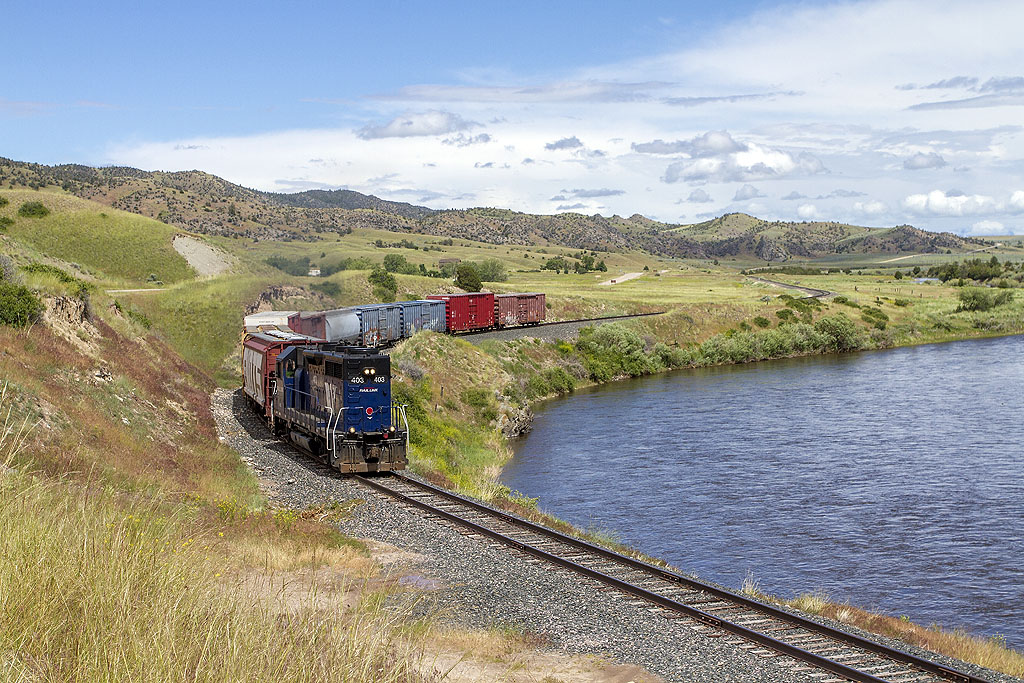A Since the beginning of railroading, locomotives have been capable of running just as fast and as powerfully going backward as forward. Though modern diesel locomotives can be operated backward if needed, it’s not done often as visibility is poor looking around the 50-foot-plus-long hood on locomotives such as the EMD SD70ACe. When we do operate backward, we use the side mirrors to see where we’re going. Smaller switch engines are much easier to run backward as they are not nearly as long and their long hoods are much easier to see around. Most modern diesel locomotives also have ditch lights on both ends so any locomotive can be operated in either direction over public grade crossings and at more than certain statutory speed limits. – Art Schiller
Running ‘backward’
| Last updated on November 3, 2020
Ask Trains from the March 2015 issue















Of course they can run exactly the same in either direction they do it all the time when the are being used in
Distributed power mode.
Southern and Norfolk and Western, of course, preferred “backwards” running, using it exclusively right up until wide cabs became universal. Sometimes even those run long hood forward.
The NR class locomotives here in Australia that make up the backbone of the long distance interstate fleet have two control stands in their cabs, one facing each way. So they could be driven in either direction from their single cab. But as mentioned above it is hard to see over a long hood so they are rarely run in reverse, such as in the case of the lead locomotive failing. When their design was updated to include AC traction the new locos, the C44 aci, got rid of the rear facing control stand.